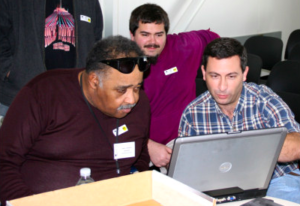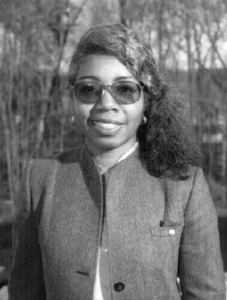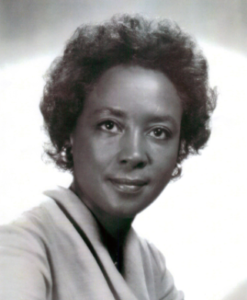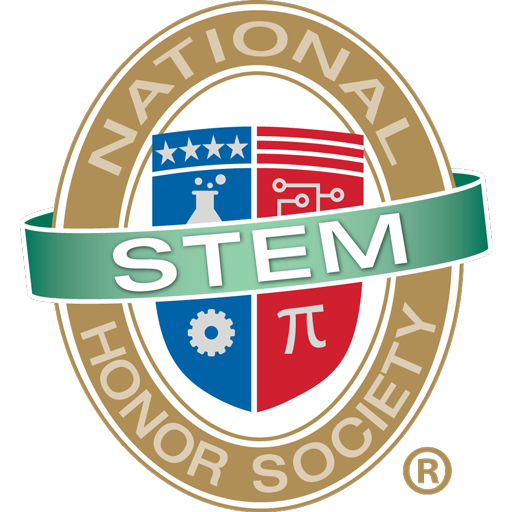For the second week of Black History Month, NSTEM would like to spotlight Jerry Lawson, Valerie Thomas, and Annie Easley! If you missed last week’s post about influential African-American scientists, you can find it here.
Jerry Lawson — Engineer

Born in New York on December 1, 1940, Jerry Lawson is best known for designing the FairChild Channel F: the “first cartridge-based game console released for commercial sale” that would improve at home gaming consoles. He was involved in electronics as a child, known for “tinkering with various electronics and even creating his own amateur radio station at age 13.” Lawson went on to attend Queens College and the City College of New York.
Lawson started his career at Fairchild Semiconductor in 1970 as an engineering consultant. He helped create the arcade game Demolition Derby during his time there, which led to his promotion as Chief Hardware Engineer. He later “contributed to the project [Channel F] by developing a prototype for the console’s controller.” Fairchild Channel F is known as the “precursor to modern video game systems” as it increased the software’s capacity to store games.
Speaking on his developments, Lawson said, “[a] lot of people in the industry swore that a microprocessor couldn’t be used in video games and I knew better.” Lawson should join the ranks of other tech leaders with his innovation!
Valerie Thomas — Inventor, Engineer, Scientist

Valerie Thomas, born in February 1943 in Maryland, remains renown for her “patented illusion transmitter and her contributions to NASA research.” However, long before she became a patent-holder for her technology, she first took a book out of the local library entitled, The Boy’s First Book on Electronics. This sparked her interest in electronics, science, and creating new products and innovations.
Unfortunately, during her high school years Thomas’ school discouraged her from pursuing her interests in STEM. Thomas persevered and received degrees in both chemistry and physics from Morgan State University. After graduating, she took a job at NASA, where she remained until her retirement in 1995.

At NASA, she worked in two top positions. She was “associate chief of the Space Science Data Operations Office and project manager of Space Physics Analysis Network.” Furthermore, during her last 5-6 years at NASA, she received her doctorate in physics. Thomas “managed the development of the image-processing systems for LandSat, the first satellite to send images to the Earth from space” in the 1970s. Thomas has accomplished so much in her life and faces adversity with grace. Valerie Thomas is an inspiration to women in STEM!
Annie Easley — Computer Scientist

Annie Easley was born on April 23, 1933 in Alabama. Even with the segregation in the South during her early years, Easley enrolled in and graduated from Xavier University. She later earned a Bachelors in Science in Mathematics from Cleveland State University.
In 1955, Easley “began her career [at NASA] as a ‘human computer’ doing computations for researchers, [which] involved running simulations for the Plum Brook Reactor facility.” She became a computer programmer, one of NASA’s first African-American computer scientists. Easley was a leading member of the team that created software for NASA’s Centaur rocket stage. She “developed and implemented code used in researching energy-conversion systems, analyzing alternative power technology.”
Easley later worked as an Equal Employment Opportunity (EEO) officer, where she addressed “race, gender and age discrimination complaints at NASA.” Easley retired in 1989 and later passed away on June 25, 2011. She leaves behind a wonderful legacy, with NSTEM in awe of her work.
Written by Chelsea Kowal
Visit the NSTEM page for more posts about our STEM community!

